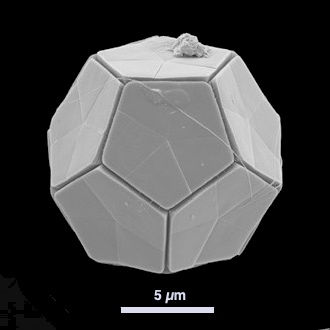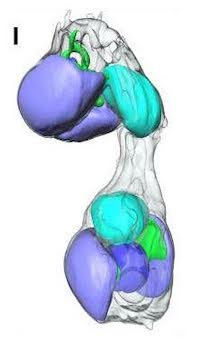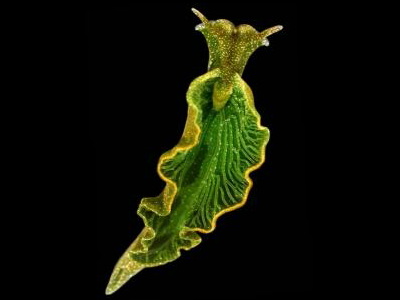Nitrogen-fixing organelle 'nitroplast' discovered, a new discovery that will rewrite biology textbooks

Biology textbooks state that of the three main biological divisions of the world, bacteria, archaea, and eukaryotes, only some bacteria and archaea are capable of
Metabolic trade-offs constrain the cell size ratio in a nitrogen-fixing symbiosis: Cell
https://www.cell.com/cell/fulltext/S0092-8674(24)00182-X
Nitrogen-fixing organelles in a marine alga | Science
https://www.science.org/doi/10.1126/science.adk1075
Scientists discover first nitrogen-fixing organelle
https://news.ucsc.edu/2024/04/nitrogen-fixing-organelle.html
Scientists discover first algae that can fix nitrogen — thanks to a tiny cell structure
https://www.nature.com/articles/d41586-024-01046-z
The identification of this new organelle is the culmination of an international collaboration of scientists who have been working on a decades-old mystery for a long time. In 1998, Jonathan Zehr of the University of California, Santa Cruz and his colleagues discovered a DNA sequence in the Pacific Ocean that they thought belonged to a previously unknown nitrogen-fixing cyanobacterium.
Zea and his team spent years studying the mysterious organism, which they named UCYN-A, but their research was hampered by their inability to cultivate its host, the algae Braarudosphaera bigelowii .
Meanwhile, in Japan, Kyoko Hagino, a paleontologist at Kochi University's Center for Advanced Marine Core Research, spent more than 10 years collecting samples and finally succeeded in culturing B. bigellowii, which marked a breakthrough in her research.

by Monteiro, F. M., Bach, L. T., Brownlee, C., Bown, P., Rickaby, R. E., Poulton, A. J., Tyrrell, T., Beaufort, L., Dutkiewicz, S., Gibbs, S. and Gutowska, M. A.
Scientists who first began studying UCYN-A in earnest initially thought that UCYN-A and its host algae were in a symbiotic relationship. However, in separate studies published in the scientific journals Cell and Science in March and April 2024, the authors discovered that UCYN-A had
For an organism to move from a fortuitous symbiotic relationship with another organism's cell to becoming part of the host as an organelle, two important criteria must be met: the cellular structure in question must be passed on through generations, and it must depend on proteins provided by the host cell.
The researchers first observed the process of proliferation of the host algae and found that nitroplasts also divide just before cell division and are passed on to the next generation. They also demonstrated that the proliferation of host cells and nitroplasts is controlled by the exchange of nutrients, revealing that the metabolism of both is linked.
Furthermore, proteomic analysis of proteins, comparing the proteins in isolated nitroplasts with those in whole host cells, revealed that proteins synthesized in the host cells are delivered to the nitroplasts and complement mechanisms that the nitroplast lacks.
B. bigellowii undergoing cell division imaged using soft X-ray tomography.

'This kind of organelle development is very rare,' said Tyler H. Cole, lead author of the paper that appeared on the cover of the April 2024 issue of Science. 'The first time this happened was with mitochondria, and this encounter was the catalyst for the emergence of all complex life, including us. About a billion years ago, the same thing happened with chloroplasts, which became the plants we know today.'
The third such case is the photosynthetic amoeba Paulinella chromatophora , and the fourth nitroplast since mitochondria. Zehr expects to find more organisms with similar evolutionary histories in the future, but because nitroplasts are the first of their kind, he believes they will be in the textbooks of the future.
The discovery also has the potential to revolutionize agriculture. The Haber-Bosch process , a technique for turning atmospheric nitrogen into fertilizer, supports about 50 percent of the world's food production but also produces huge amounts of carbon dioxide. That's why researchers have long been looking for ways to incorporate natural nitrogen fixation into agriculture.
'Nitroplasts offer a new perspective on nitrogen fixation and may provide clues about how to engineer such organelles into crop plants,' said Cole.
Related Posts:







